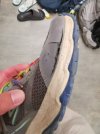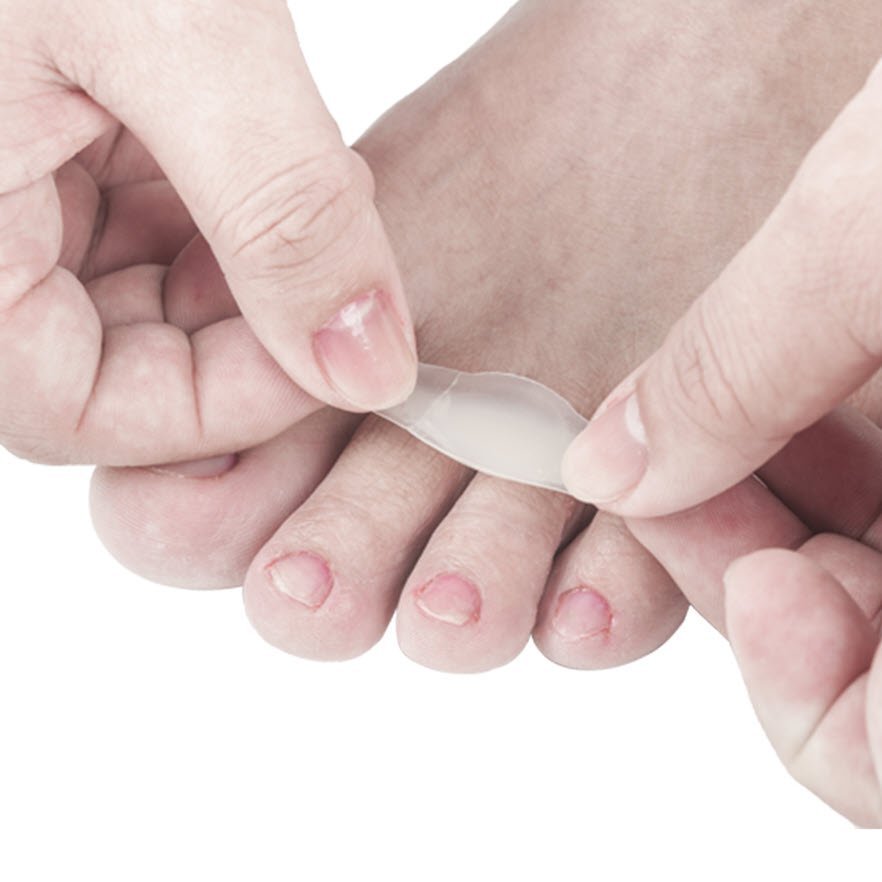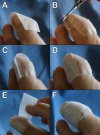I’ve been on Camino Norte for about eight days averaging around 30 to 35 km. I’ve gotten some blisters on the sides of my feet mostly the pinky toes and one on my big toe. I just came to the revelation that my shoes might be too small  . I actually wore these after buying them last month in South America and had no problems, but my averages were closer 15 kms. in the morning im fine but I think my feet are really swelling towards the end of the day for the last 10 to 15 km. I have some hiking sandals that aren’t great quality, I usually put them on for a little bit, but can’t wear them the whole day.
. I actually wore these after buying them last month in South America and had no problems, but my averages were closer 15 kms. in the morning im fine but I think my feet are really swelling towards the end of the day for the last 10 to 15 km. I have some hiking sandals that aren’t great quality, I usually put them on for a little bit, but can’t wear them the whole day.
towards the end of my walk today, I took the insoles out and I noticed that it made them fit much better, but I’m wondering if that’s sustainable?
Sadly, I’m 4 or 5 days away from the next decathlon.
towards the end of my walk today, I took the insoles out and I noticed that it made them fit much better, but I’m wondering if that’s sustainable?
Sadly, I’m 4 or 5 days away from the next decathlon.






















